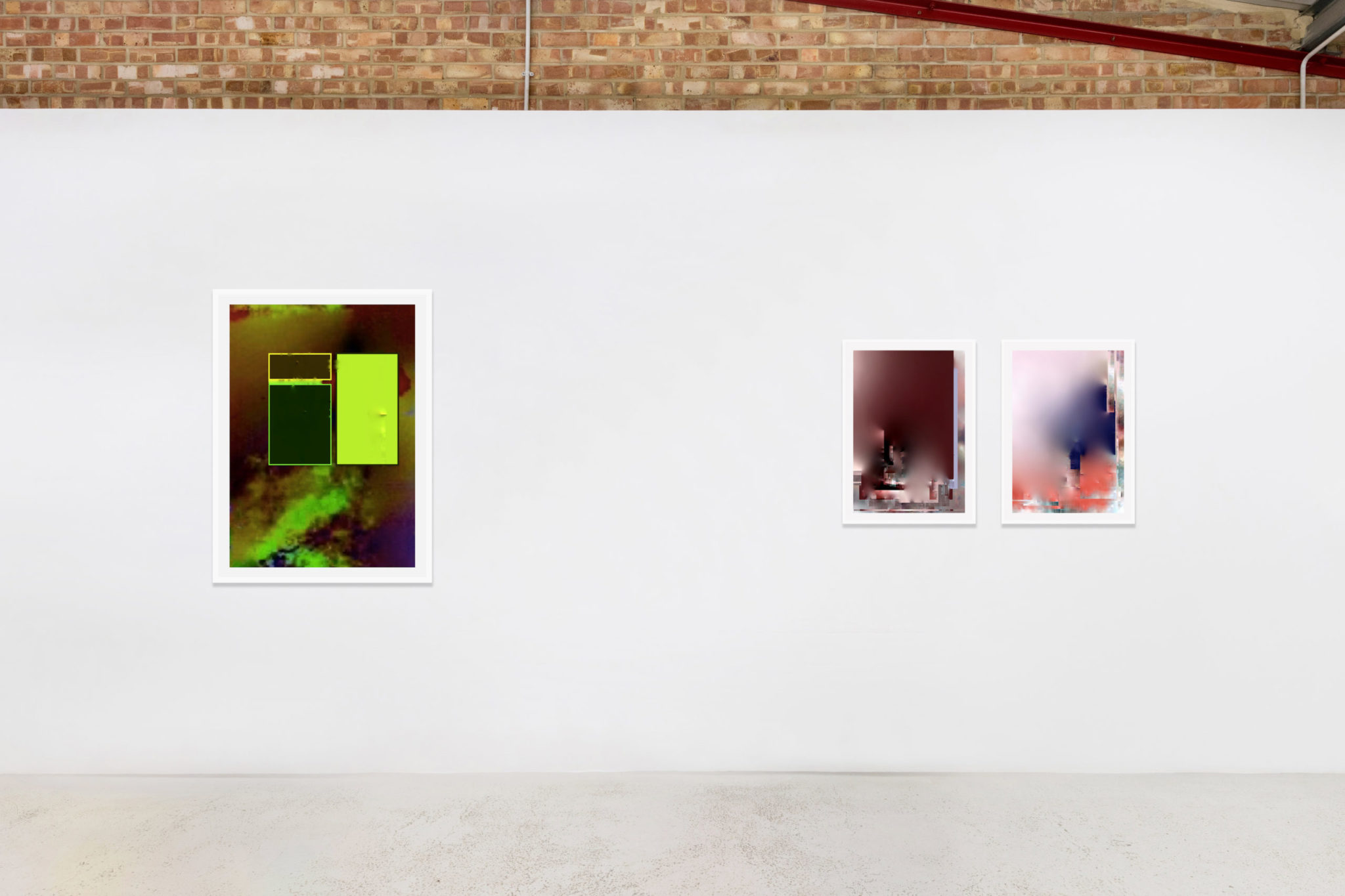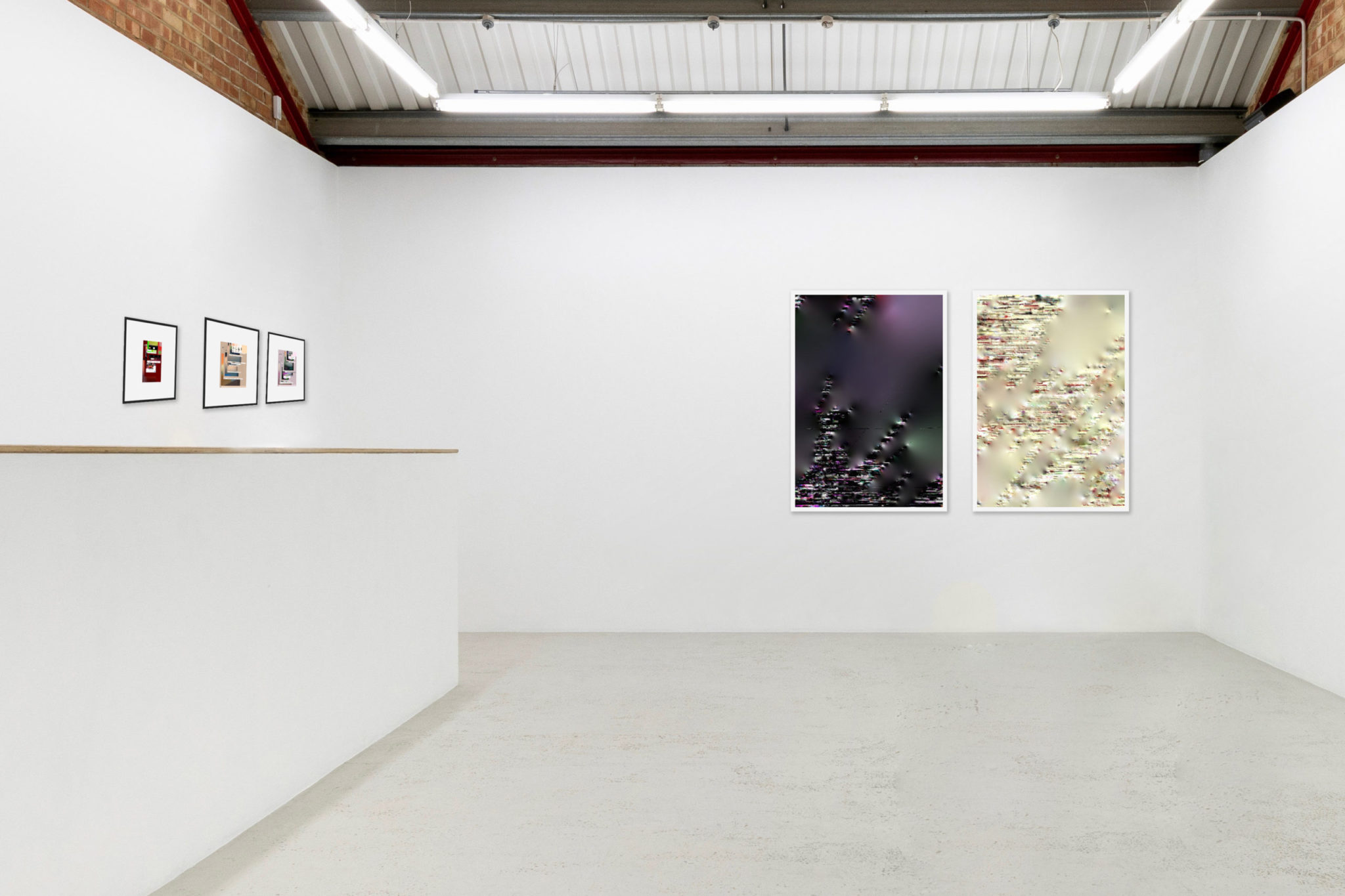
PRESS RELEASE INSTALLATION VIEWS ARTWORKS ARTIST INFORMATION
AARON SCHEER
23 APRIL — 23 MAY 2020
VIRTUAL VERNISSAGE
THURSDAY, 23 APRIL, 2PM
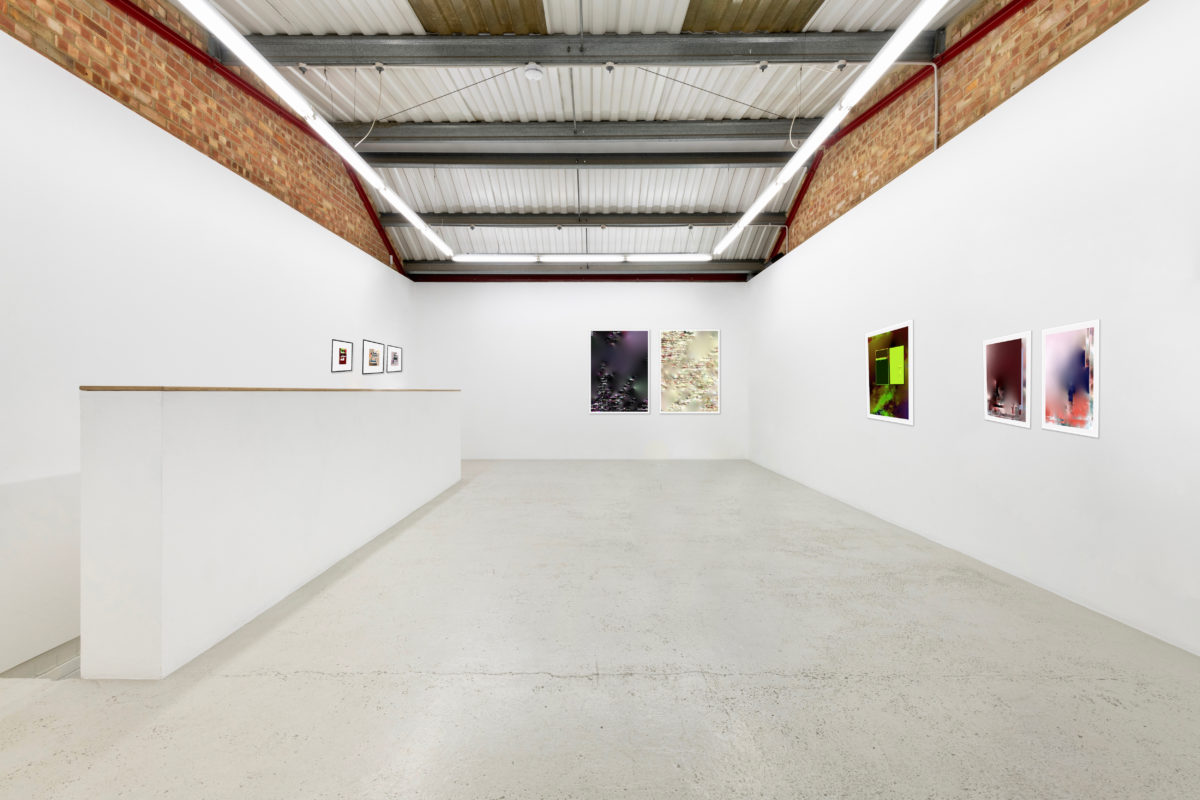
PRESS RELEASE
Virtual tour with the artist, Live on Instagram @annkakultys: Thursday, 23 April, 2PM (UK time)
Annka Kultys is pleased to announce the opening of Aaron Scheer’s second solo show at the gallery, Please enter TITLE here, as initially planned and notwithstanding the challenging environment facing art, artists and indeed the world generally at the present time. The show will feature eight of Scheer’s new digital paintings including examples of his various ongoing series: DaNA; Technocracy; Smart Phone and Tablet Paintings; and the artist’s newest series, Reverse Image. Scheer creates his ‘digital paintings’ through the use and manipulation of various digital technologies, exploring the possibilities new technologies have to offer by working with and subverting them as he does so.
In light of the coronavirus lockdown currently in place in London and across most of the globe and the impossibility of presently being able to physically install the show, the gallery will document Please enter TITLE here via digital renderings of how the installed show would have looked in the gallery space had we been able to install it. Scheer created the renderings by beginning with the installation shots of his 2019 exhibition at the gallery, FINAL_007 (02), and then removing the images of the earlier works, digitally cleaning up the gallery’s walls and floor (just as happens in preparation for physical installations), before inserting the works for Please enter TITLE here into the newly-vacated and cleaned virtual gallery space.
The show’s digital renderings will be shared with our community via Instagram and our website. And as a further illustration of the unusually digital nature of the show, the gallery will be hosting a virtual vernissage with the artist on Instagram live stories, at 2pm (UK time) on Thursday 23 April.
Please enter TITLE here comprises eight of Scheer’s recent works and a ‘digital intervention’ specific to the exhibition. Scheer has made the artistic decision that his digital paintings will come in editions of only one (with one artist’s proof) to highlight the inherent tension that exists in his artistic process between the poles of analogue and digital painting. He describes a digital painting is “an interpretation of the uniqueness of a physical work,” and it is this interplay between the physical realm of traditional painting and the digital creativity facilitated by new technology that lies at the very heart of Scheer’s art.
On the east wall of the virtual gallery space are presented _Beautiful Rainbow Chiffon (2020) and _Ruby City in Texas revealed… (2020), two works from the artist’s newest series, Reverse Image. As its title suggests, _Beautiful Rainbow Chiffon depicts large areas of diaphanous colour, reminiscent of aerosol paint and candyfloss, juxtaposed against angular, shaded block-like sections that could be taken from Picasso and Braque’s cubism of a century ago. By contrast, _Ruby City in Texas revealed… is an altogether more sombre work, its diaphanous areas darker and more graduated, appearing to ominously hover over the strict rectilinear sections of the work which themselves foster a sense of brutalist architecture in an urban cityscape.
The series takes its name from a Google app called Reverse Image Search (RIS), which Scheer employs once he has completed each new Reverse Image work. Following its creation, the artist uploads the work and RIS’s algorithm suggests similar images, numbering in the millions or even billions, an endless array of images that purport to resemble the colours and composition of Scheer’s work. The images RIS finds all ultimately belong to the people who originally uploaded these images on to the internet, via Instagram, tumbler or indeed any web-based app or program. As Scheer notes, “it is almost like a performance, like an interaction or encounter with a fake audience, people we don’t know.”
The artist has also noticed the digital process the RIS algorithm undertakes to identify similar images to his work parallels the behaviour of visitors to the physical gallery space when they encounter his works as they look for real world references in the resolutely abstract compositions. This urge of gallery visitors (and indeed of people in general) to share what they see in an abstract work, be it something figurative, an aspect of the natural world or emotions the work reminds them of, is fundamental to the way the human mind works. It is also fundamental to how artificial intelligence (AI) works as it looks to replicate the performance of the human brain. The American futurist and inventor Ray Kurzweil, in his latest book How To Create a Mind, has described the basic algorithm of the neocortex (the region of the human brain responsible for perception, memory and critical thinking) as one of pattern recognition, building up layers of pattern processors in order to classify and analyse the world around us. Which explains why gallery goers behave like RIS in seeking out familiar patterns in abstract works. Yet Kurzweil goes on to recognise the potential new technology offers mankind noting “ultimately our brains, combined with the technologies they have fostered, will permit us to create a synthetic neocortex that will contain well beyond a mere 300 million pattern processors [the present number in the average human brain]. Why not a billion? Or a trillion?” The possibilities for mankind and its creativity appear vast.
The role of RIS in realising a finished work is for Scheer not limited to merely suggesting similar images to his creations however. He also uses RIS to outsource the titles to his works by randomly choosing the title of one of the similar images identified by RIS as the title for the relevant work in the Reverse Image series. Hence _Beautiful Rainbow Chiffon is the title of a similar image proposed by RIS in response to Scheer’s composition of diaphanous colour, just as _Ruby City in Texas is the title of an RIS selected image mirroring the urban architectural aesthetic of the artist’s work. Indeed, in using RIS in this manner Scheer raises issues of data privacy, appropriation and outsourcing as part of his creative process with new technology.
Also on the east wall of the virtual gallery space is aobe-suite (3) (2019) from the artist’s on-going Technocracy series. The Technocracy series is a commentary on Silicon Valley tech companies and their pervasive influence in contemporary life. Of typically medium size (aobe-suite (3) measures 93 x 67 cm, for example), the works in the Technocracy series are characterised by blurred backgrounds over which boldly coloured square-rectangular shapes are superimposed in the foreground, not unlike the abstract expressionist Hans Hoffman’s later ‘slab paintings’ that also featured architectonic rectangles of sensual colour. aobe-suite (3) represents a critique of the way commercial interests have usurped the Burning Man festival in the United States. Initially conceived 34 years ago as an experiment in community and art, influenced by ten main principles (radical inclusion, radical self-reliance, radical self-expression, communal effort, civic responsibility, gifting, decommodification, participation, immediacy and leave no trace), recent iterations of the festival have become subject to the relentless hyper-marketing and sponsorship of global corporates, many from the world of Big Tech. (Indeed the power of tech giants such as Apple and Google is now so pervasive their revenues dwarf the incomes of all but the largest countries, providing them with almost unlimited financial power to shape the world for their own ends.) The background to aobe-suite (3) therefore comprises a collage of images from Burning Man appropriated from the internet, over which has been superimposed rectangles of bright colour re-worked by Scheer from the logo of the aobe-suite 3 application. All the works in Scheer’s Technocracy series feature foreground rectangles of colour re-worked from the logos of various technology companies and/or applications.
On the north wall of the virtual gallery space, the two largest works in the show (at 122 x 87 cm) are presented, the predominantly black DaNA XIII (2018) and its contrasting predominantly white sister work, DaNA V (2019). The DaNA series, which began in 2016 and like its Technocracy counterpart is also on-going, comprises arguably Scheer’s most painterly work, created digitally yet appearing to replicate physical brush strokes and spray painting, and as such, it perhaps evidences the clearest reference to the artist’s traditional painting origins.
Each work in the DaNA series is painstakingly crafted by the artist, building up line after line of background (the lines sometimes numbering in the tens of thousands) over weeks on his computer. Scheer likens the process of creating the works to meditation, noting he enters a ‘flow state’ where he is at one with the process. Meditative, contemplative, immersive (both in the sense of the process and the final work), when first begun the DaNA series created for Scheer a sense of identity crisis within his art leading him to question what it meant to be a painter in the digital era. With elements of collage, photography, new media and performance used in producing the works, Scheer felt a new language or terminology was required to describe the art and indeed, the series’ title reflects this linguistic uncertainty, being an acronym of Defining a New Aesthetic.
The west wall in the virtual space features the most intimate works in the show, 729 Photos, 2 Videos (2019), Aaron’s MacBook Air (2019) and Safari (2019), from the Smartphone and Tablet series. Each work is created as a single screen shot of Scheer’s screen as he maintains physically (i.e., using his fingers) the multiple apps he has carefully arranged on the screen. Thus the process used to create the Smartphone and Tablet series is highly performative and ironically for digital art, imbued with physicality. Scheer himself notes the “works live in the physical space,” as evident from the final paintings existing as pigment ink prints on archival paper. The artist has purposely kept the size of these works small, closely resembling the dimensions of the actual device screens he used to create the works. In the Smartphone and Tablet series, Scheer is looking to subvert the specific and limited uses ascribed to given apps, questioning that very specificity as he broadens their possibilities by using them as creative tools. Yet as the technology of smartphones and tablets evolves, the contingency of those very possibilities for apps’ creative uses is demonstrated, as new iterations of iPhones and iPads make previous artistic techniques used by the artist no longer feasible.
The final work in the virtual rendering of the show is the ‘digital intervention’ Scheer has created in response to both the works selected for the show but also the physical exhibition space of Annka Kultys Gallery itself. The digital intervention appears on the west wall in the virtual renderings. Scheer used his experience of creating the virtual renderings of the exhibition space in Photoshop and the serendipitous suggestion from Google that ‘Commercial Building’ was a possible related search in response to his Reverse Image series’ work _Ruby City in Texas revealed…to create what he has coined as a digital intervention in the virtual gallery space. The realised digital image thus fuses elements from the gallery’s appearance, such as the exposed brickwork, the green light of the EXIT sign above the door and the gallery’s white walls and grey concrete floor, with references to works exhibited in Please enter TITLE here to create a work that presently exists only within the digital confines of the virtual gallery renderings.
Equally contingent as the digital intervention is the title of the show Please enter TITLE here. While Please enter TITLE here (itself a reference to the language of bureaucratic forms), is the show’s initial title and it will remain, the artist will announce on his social media various other title suggested by a virtual viewer via a submission portal on the gallery’s website. In echoes of the way Scheer has outsourced the titles for his Reverse Image series from random images on the internet.
Finally, depending on how the lockdown progresses in London, if the opportunity arises it is the gallery’s intention to physically install Scheer’s show at the gallery once restrictions are released, accompanied by a closing event.
SELECTED PRESS
Aaron Scheer: Please enter TITLE here
INSTALLATION VIEWS
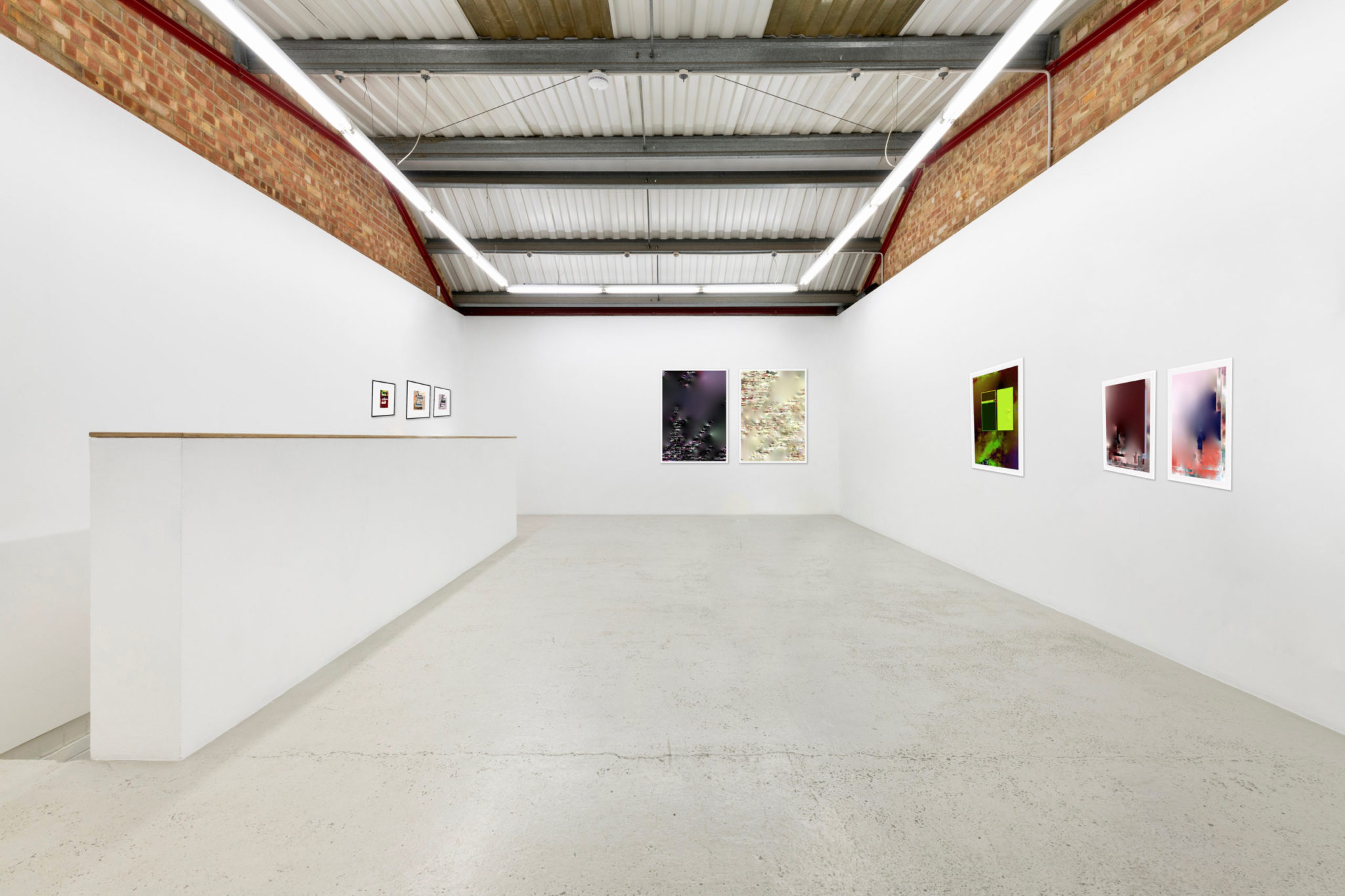
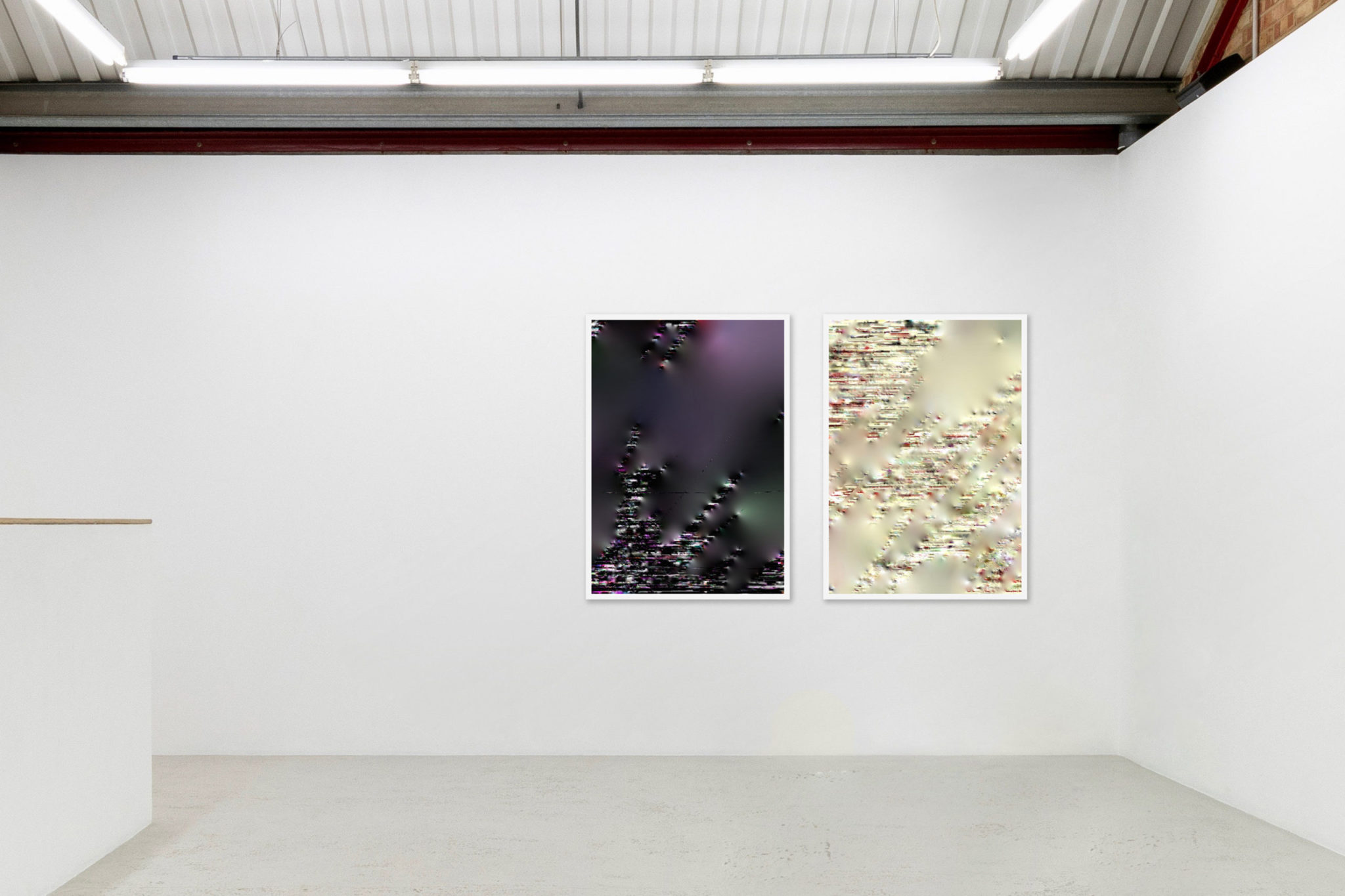
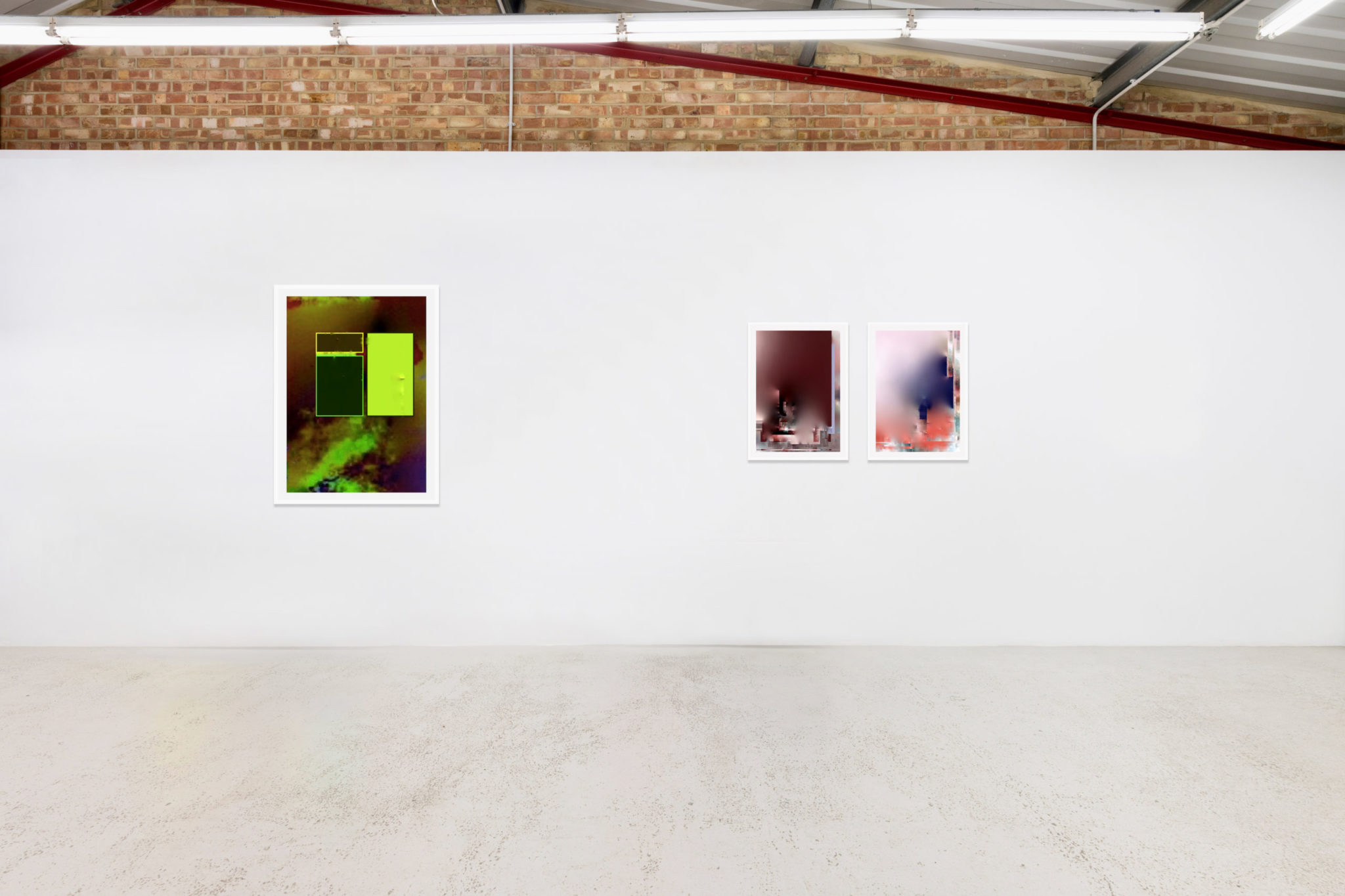


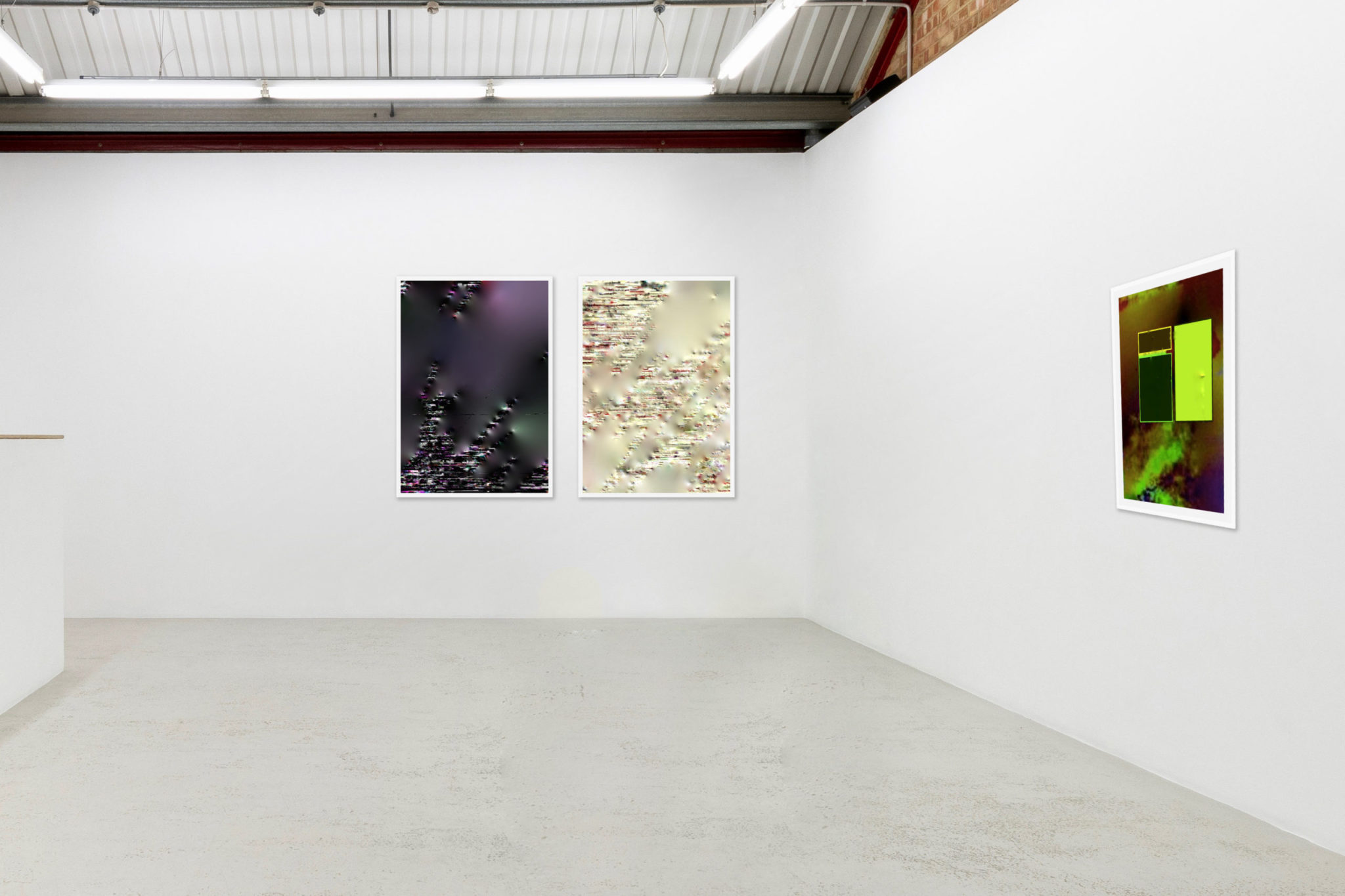
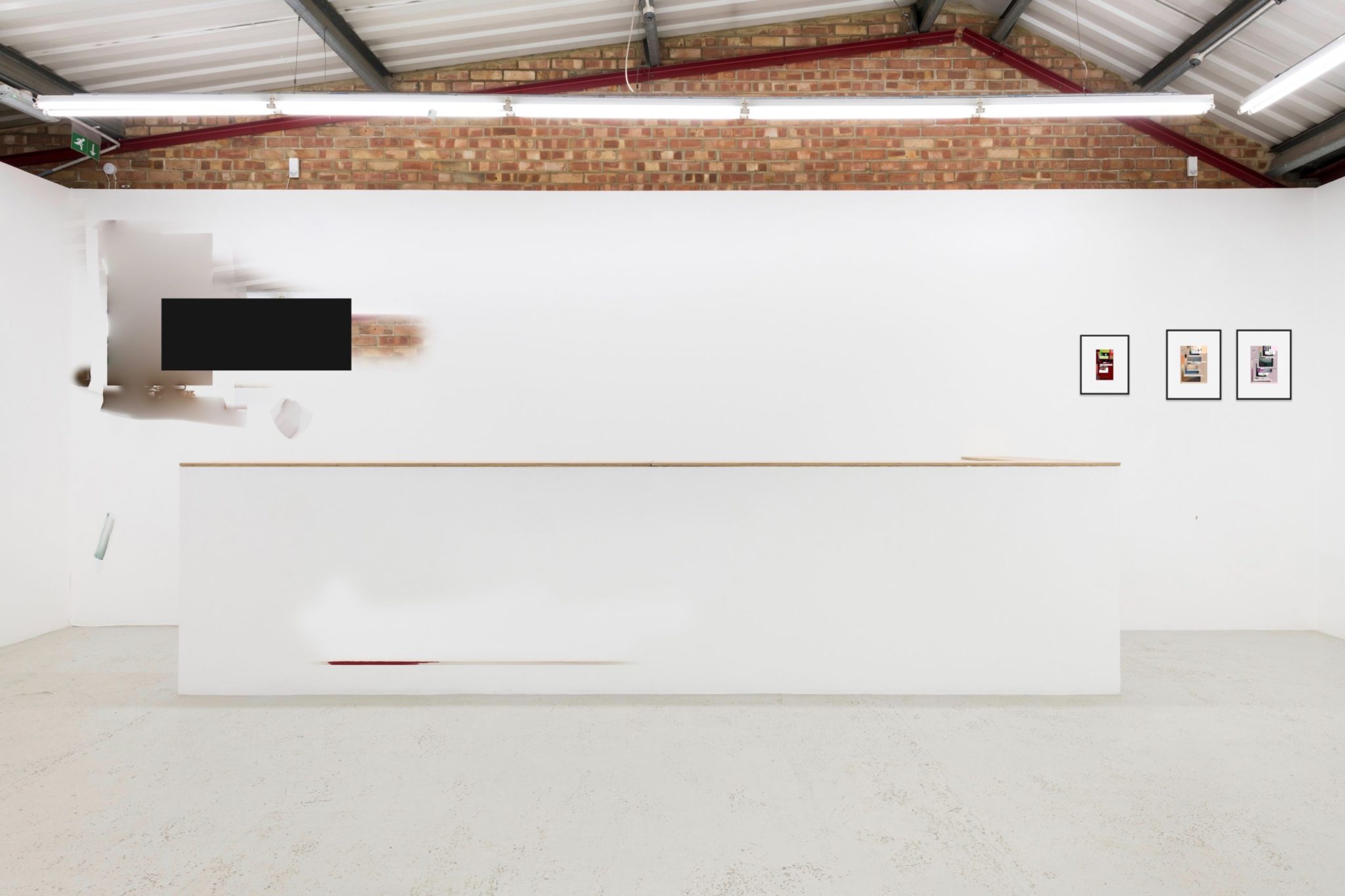

ARTWORKS
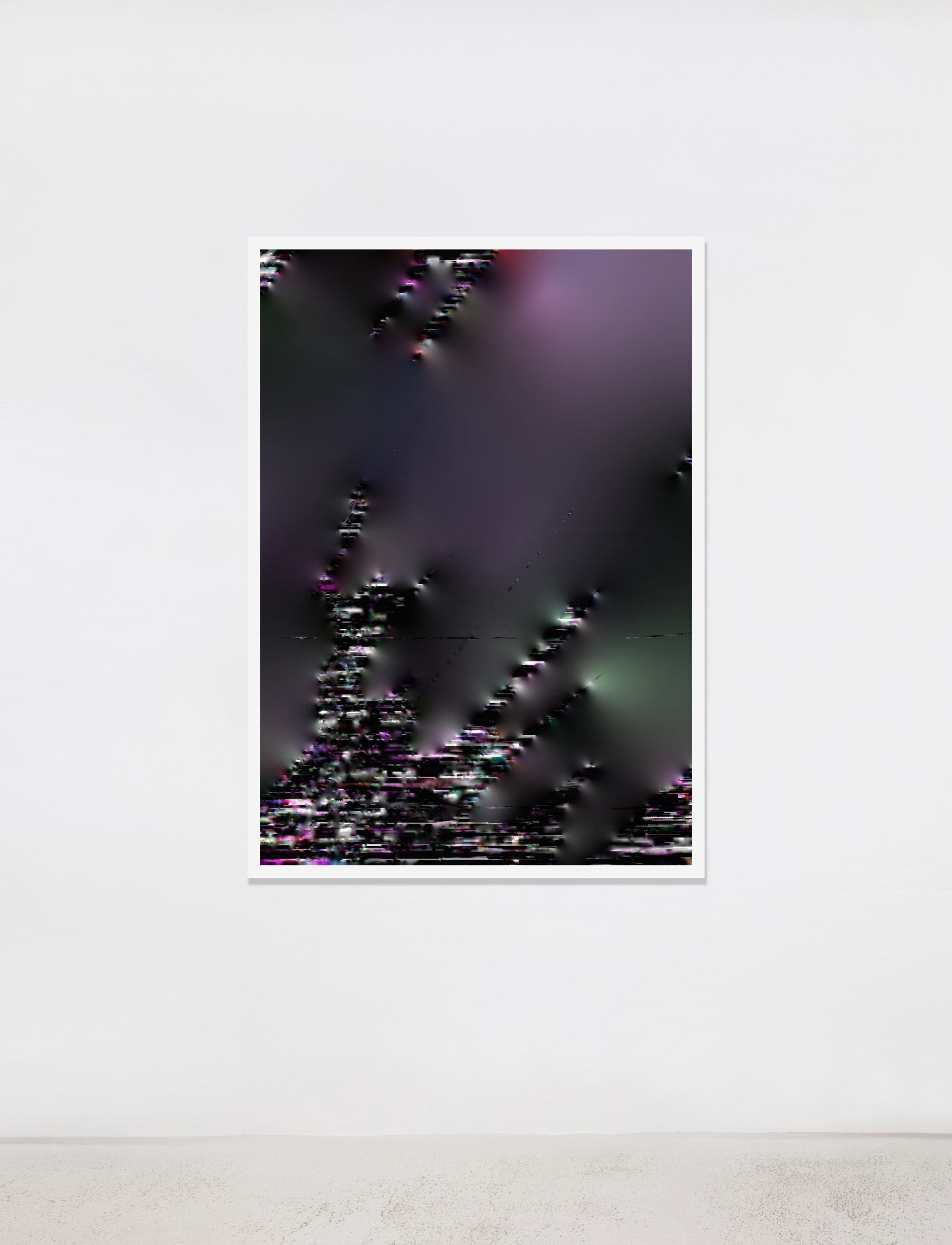
DaNA XIII
2018
Pigment ink on archival paper, mounted on aluminium dibond,
framed with alder wood behind UV Mirogard
122 x 87 cm (48 x 34 1/4 in)
Edition of 1, 1AP
(ASch019.18)
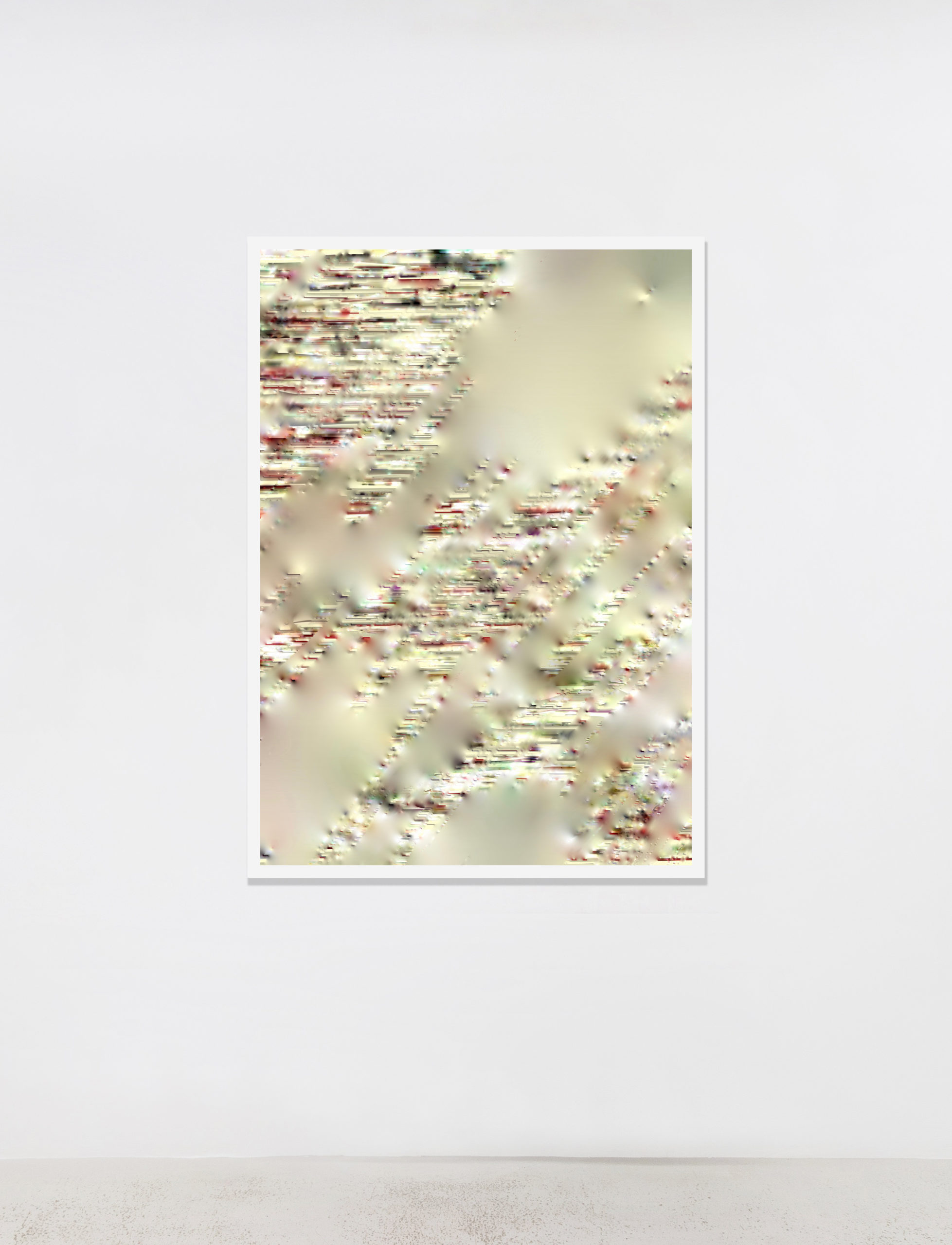
DaNA V
2019
Pigment ink on archival paper, mounted on aluminium dibond,
framed with alder wood behind UV Mirogard
122 x 87 cm (48 x 34 1/4 in)
Edition of 1, 1AP
(ASch020.19)
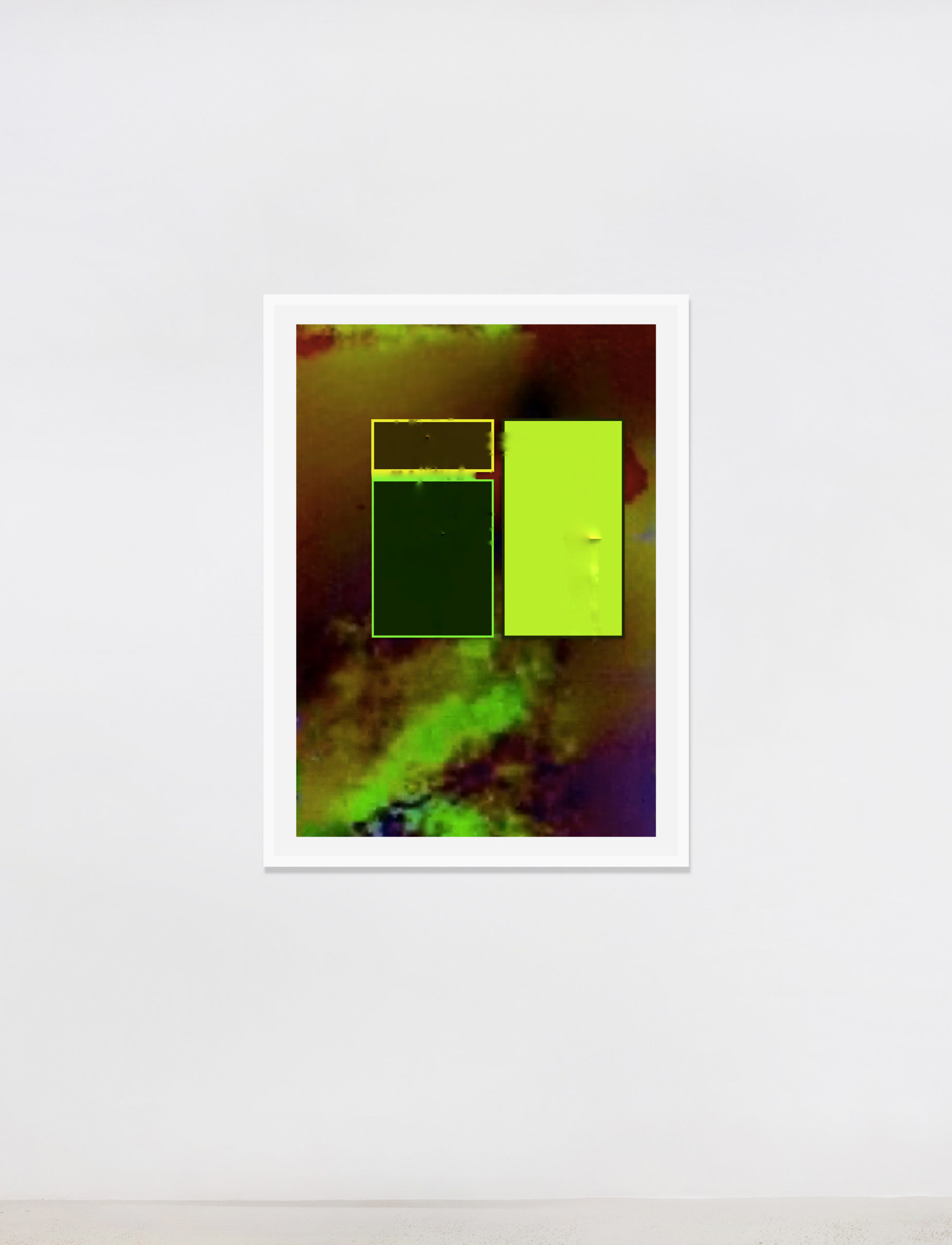
aobe-suite (3)
2019
Pigment ink on archival paper, mounted on aluminium dibond,
framed with alder wood behind UV Mirogard
93 x 69 cm (36 1/2 x 27 1/8 in)
Edition of 1, 1AP
(ASch021.19)
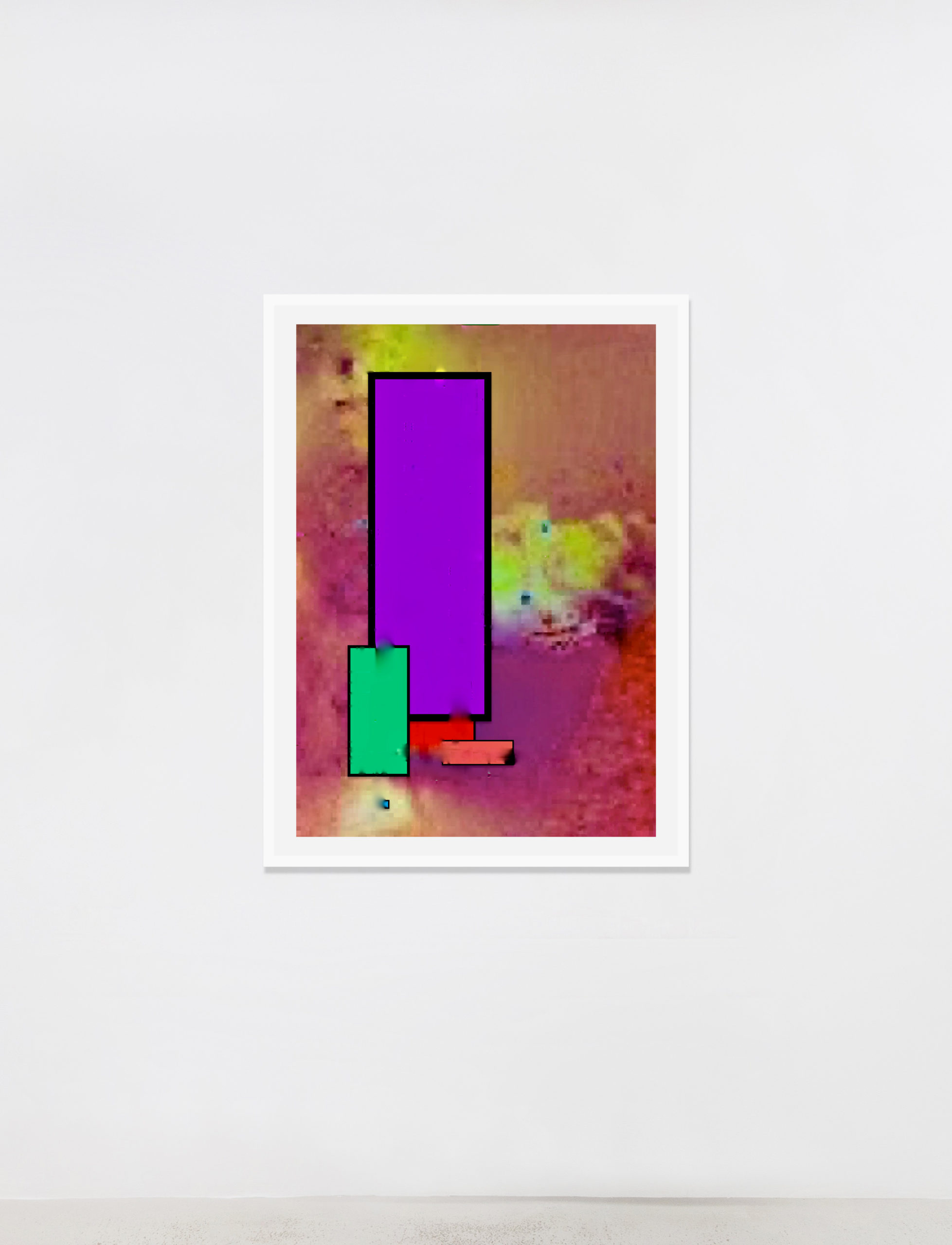
figm-4ea562e
2019
Pigment ink on archival paper, mounted on aluminium dibond,
framed with alder wood behind UV Mirogard
93 x 69 cm (36 1/2 x 27 1/8 in)
Edition of 1, 1AP
(ASch022.19)
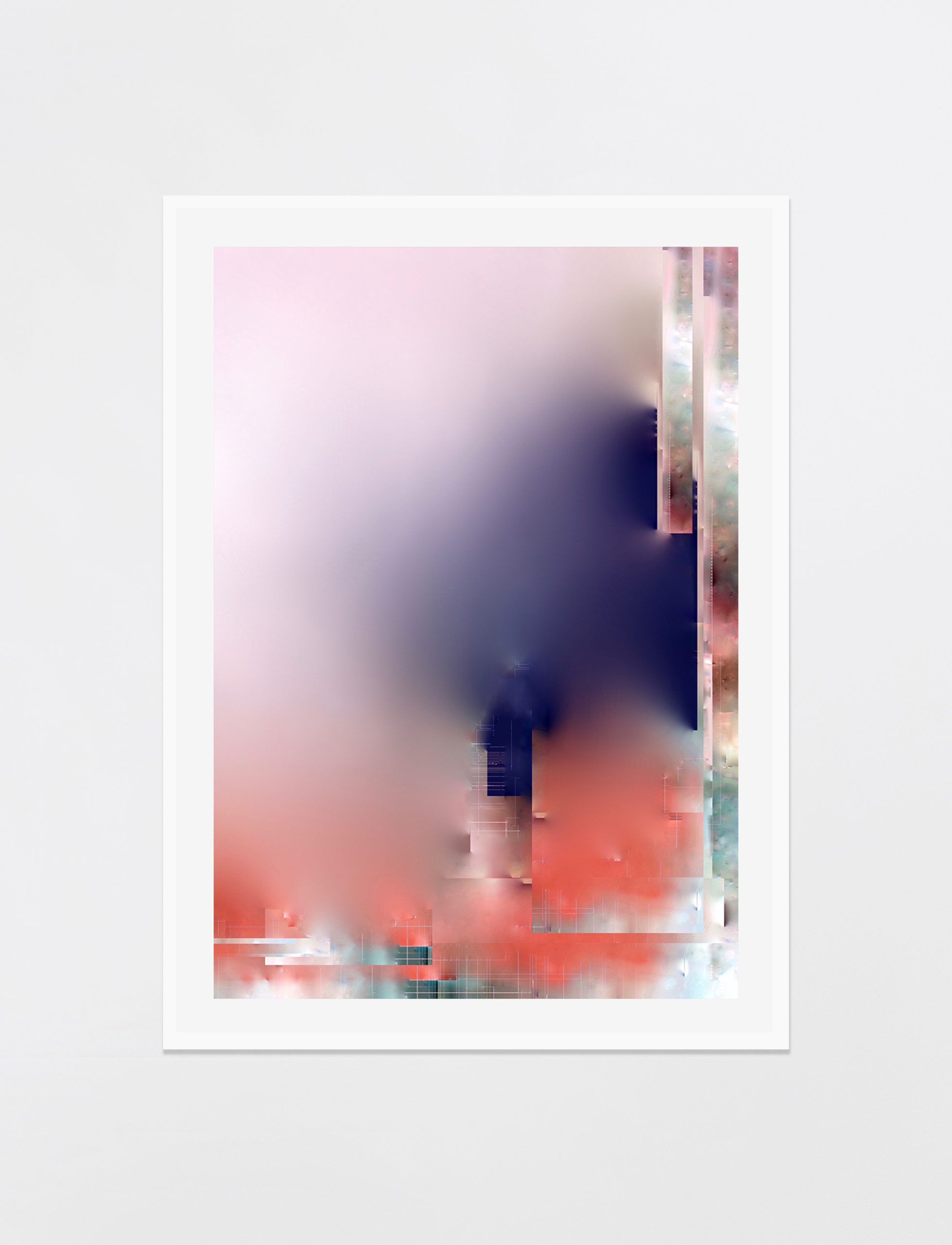
_Beautiful Rainbow Chiffon
2020
Pigment ink on archival paper, mounted on museum cardboard,
framed with alder wood behind UV Mirogard
50 x 37 cm (19 5/8 x 14 1/2 in)
Edition of 1, 1AP
(ASch023.20)
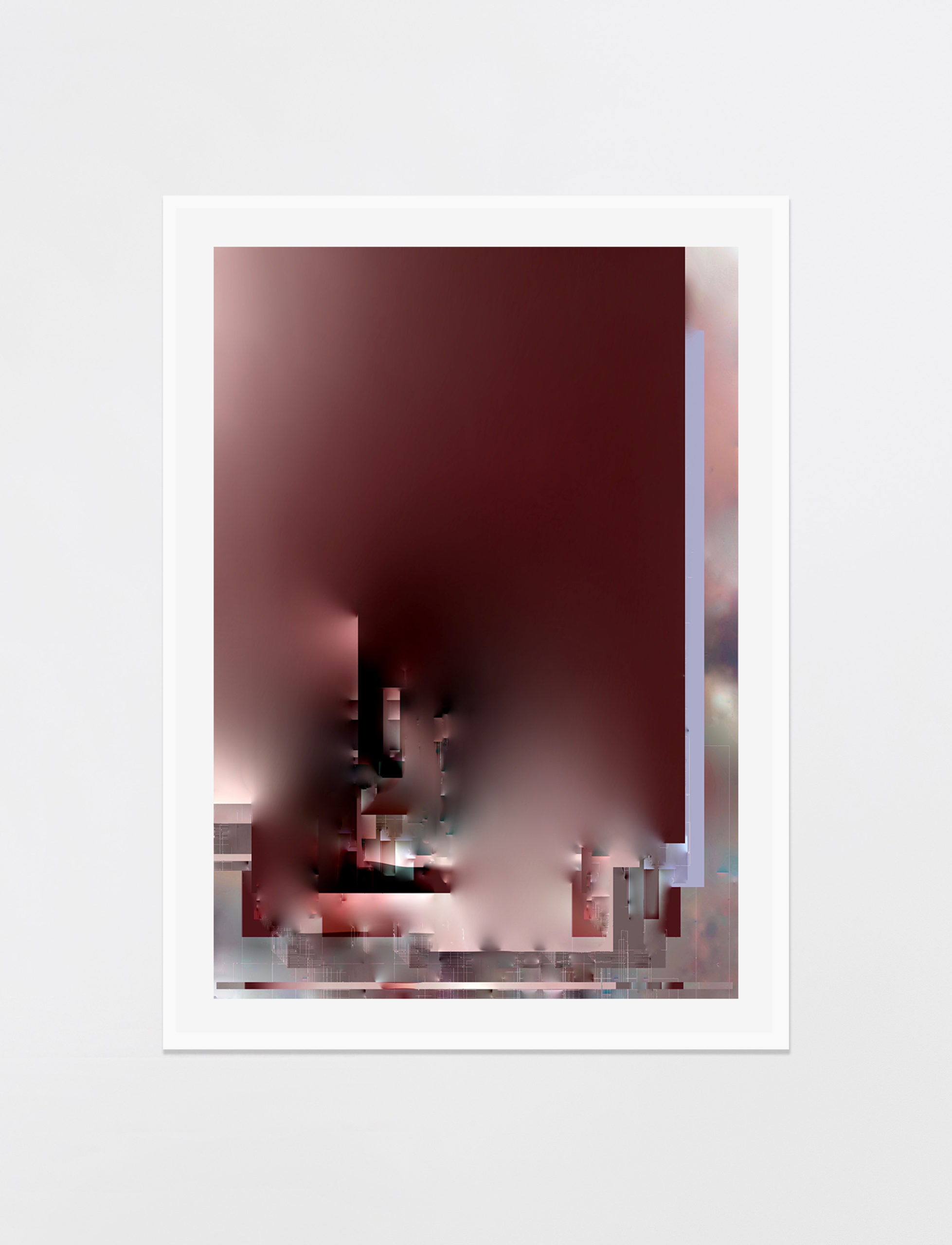
_Ruby City in Texas revealed…
2020
Pigment ink on archival paper, mounted on museum cardboard,
framed with alder wood behind UV Mirogard
50 x 37 cm (19 5/8 x 14 1/2 in)
Edition of 1, 1AP
(ASch024.20)
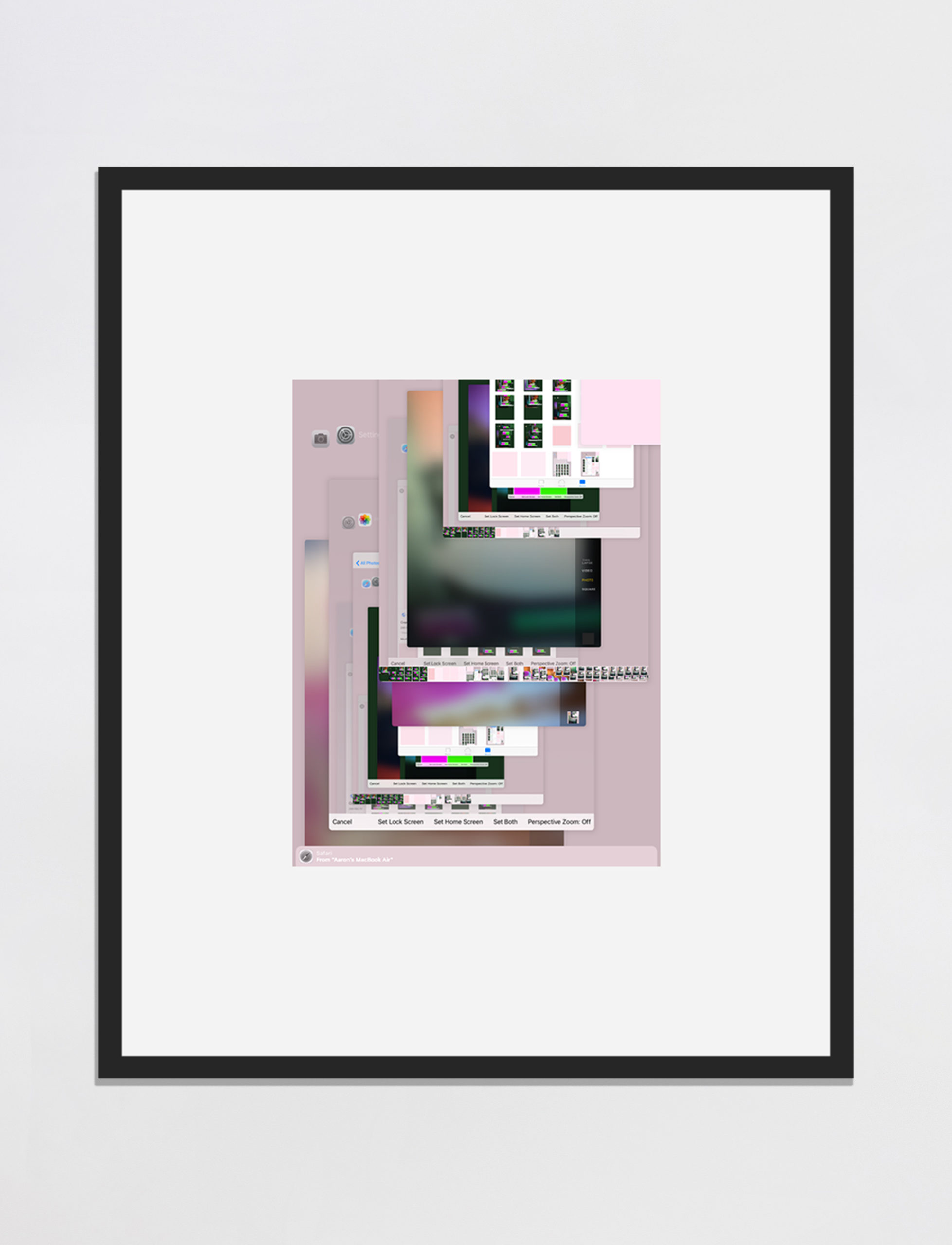
Aaron’s MacBook Air
2019
Pigment ink on archival paper, mounted on museum cardboard,
framed with alder wood behind UV Mirogard
36 x 30 cm (14 1/8 x 11 7/8 in)
Edition of 1, 1AP
(ASch025.19)
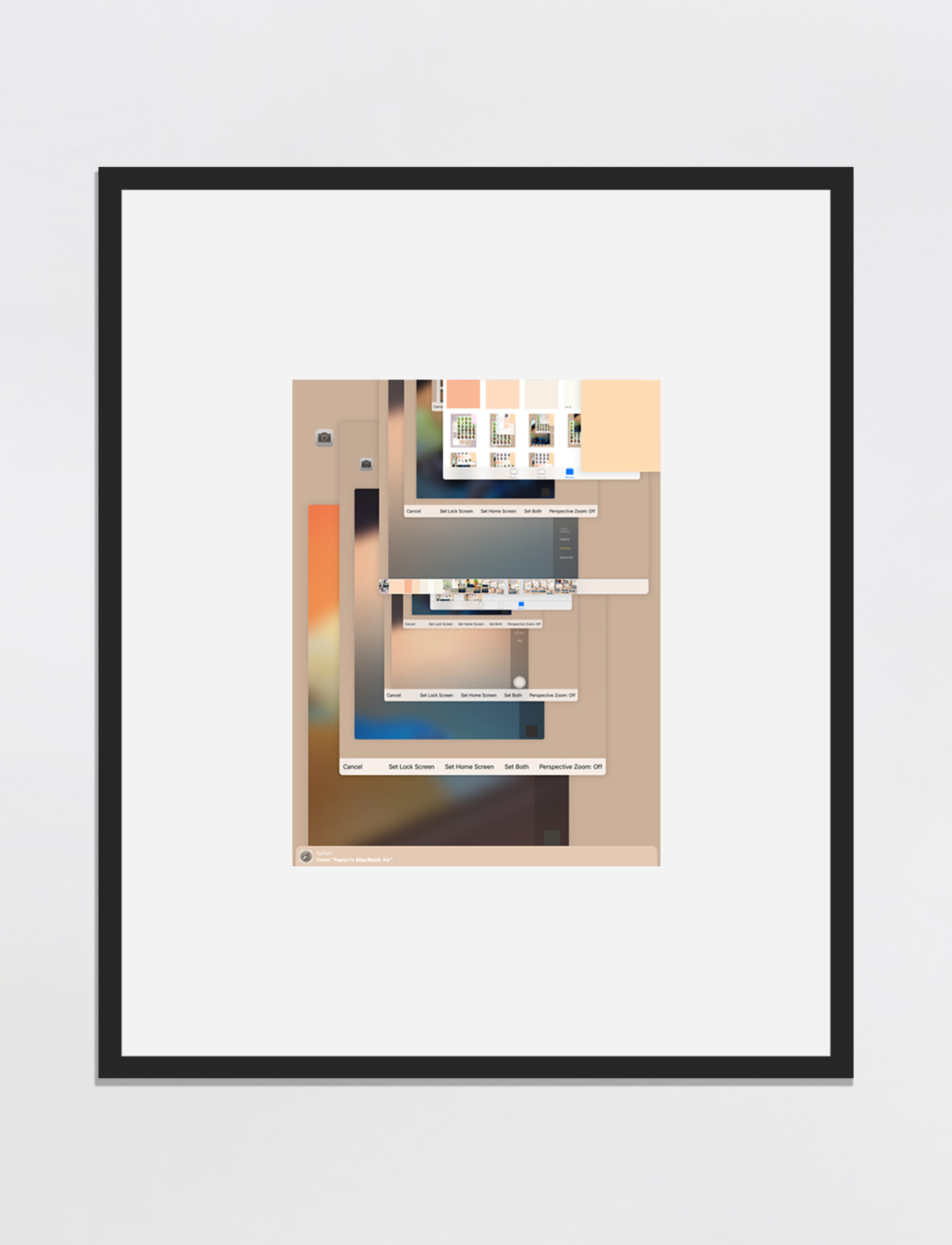
Safari
2019
Pigment ink on archival paper, mounted on museum cardboard,
framed with alder wood behind UV Mirogard
36 x 30 cm (14 1/8 x 11 7/8 in)
Edition of 1, 1AP
(ASch026.19)
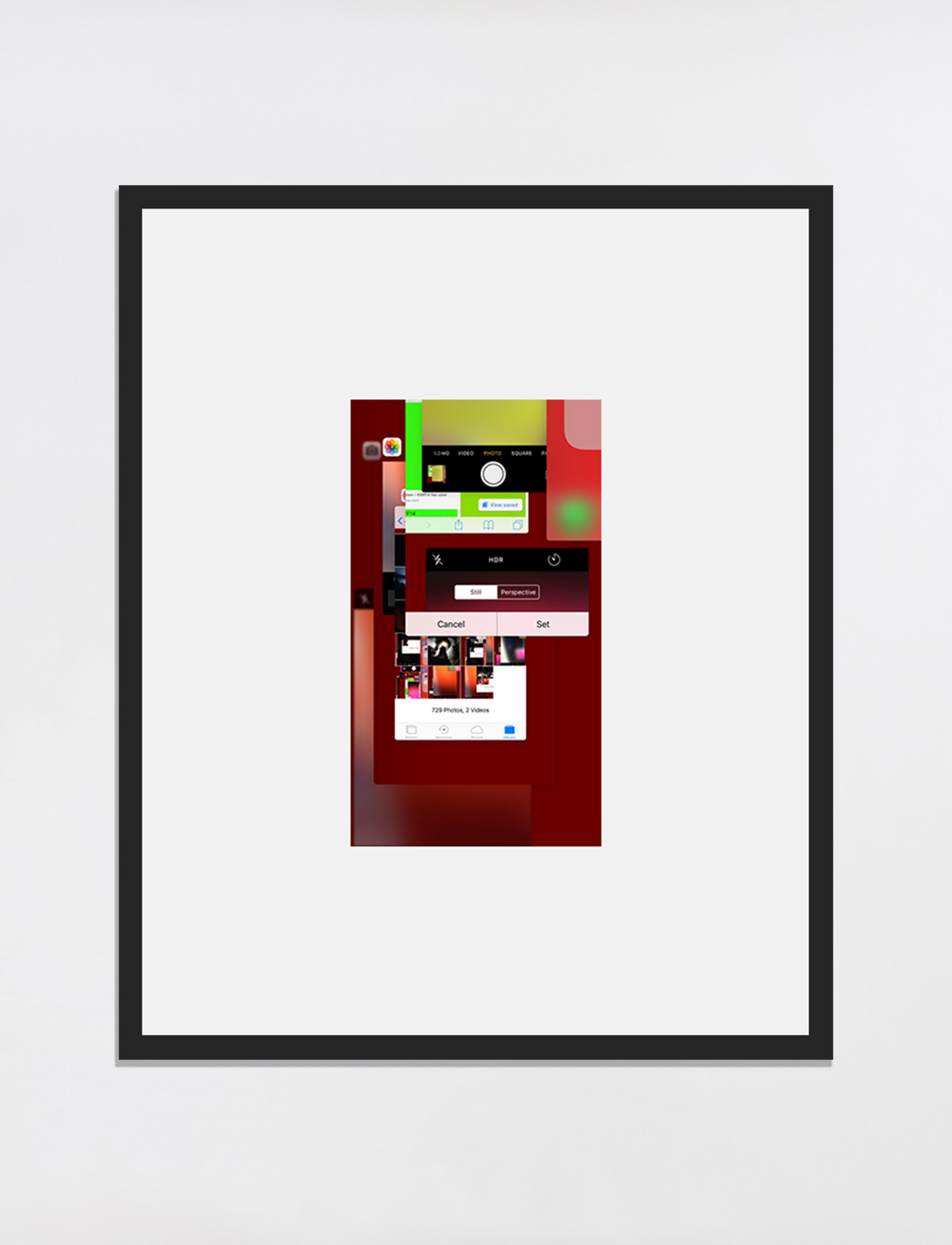
729 Photos, 2 Videos
2019
Pigment ink on archival paper, mounted on museum cardboard,
framed with alder wood behind UV Mirogard glass
26 x 21 cm (10 x 8 in)
Edition of 1, 1AP
(ASch027.19)
ARTIST INFORMATION
Aaron Scheer was born in 1990 in Ahlen, Germany and lives and works in Berlin.




